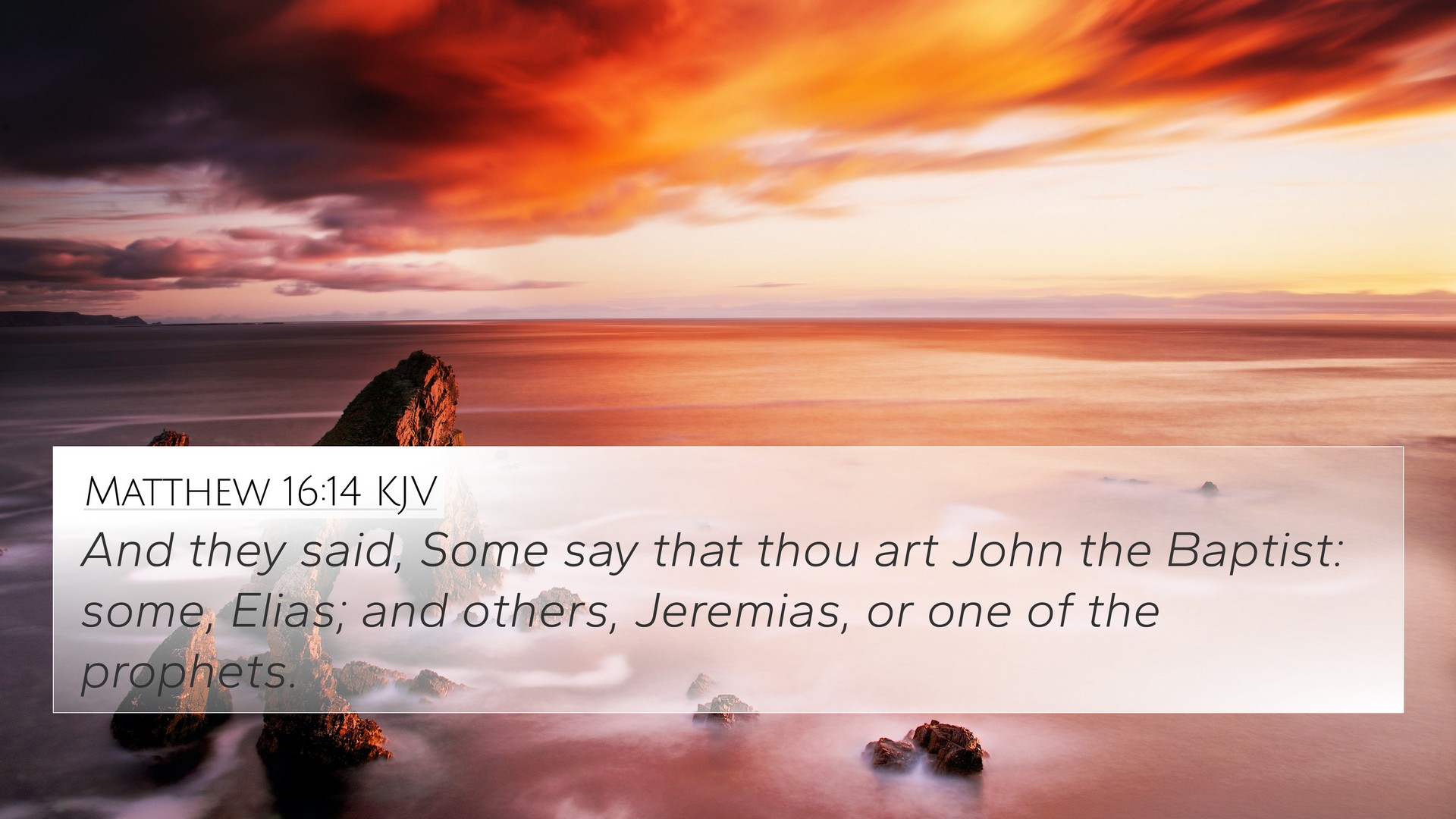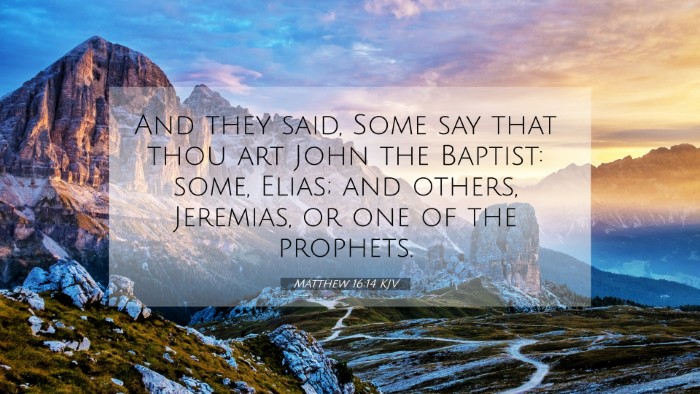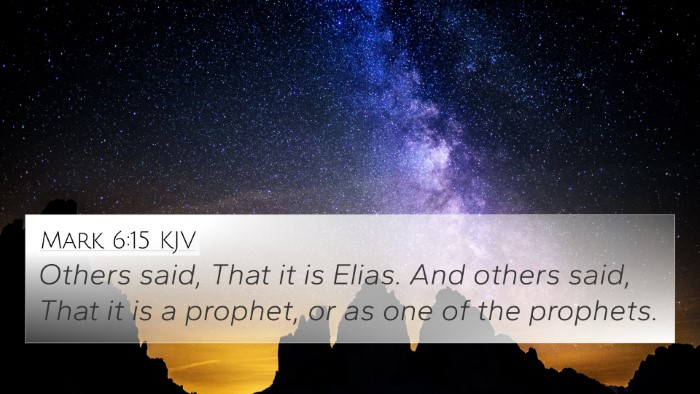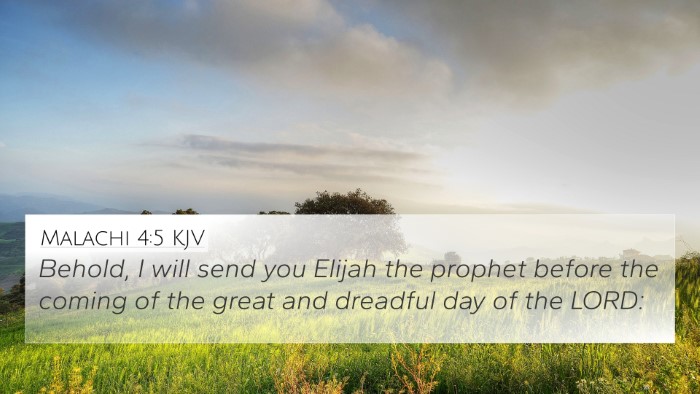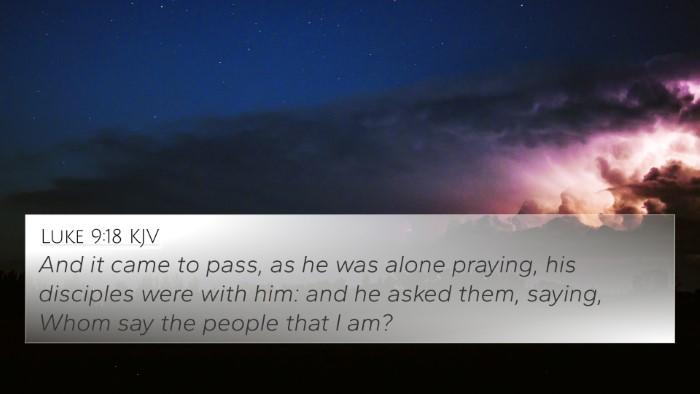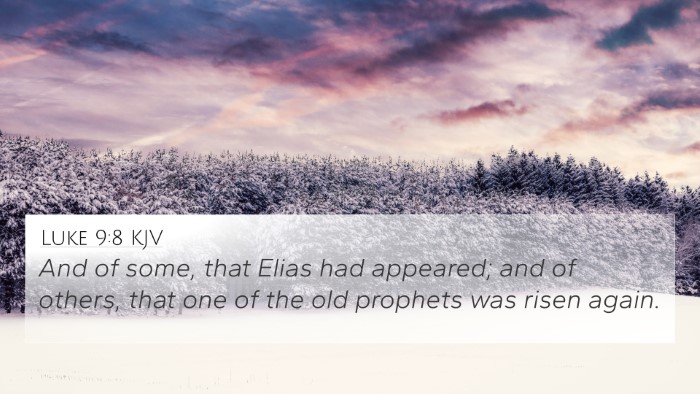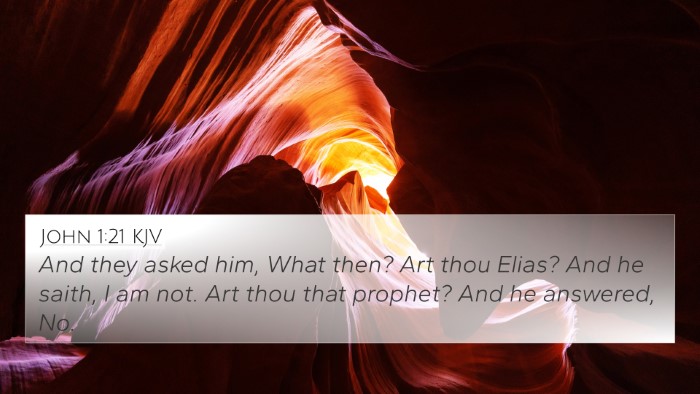Understanding Matthew 16:14
The verse Matthew 16:14 states, "And they said, Some say that thou art John the Baptist: some, Elias; and others, Jeremias, or one of the prophets." This passage occurs during a crucial dialogue between Jesus and His disciples. The responses given by the people regarding Jesus' identity are significant to understanding both His mission and their perception.
Contextual Overview
This verse is part of a larger conversation where Jesus is seeking to understand the perception of His identity among the public and His followers. It reflects the various opinions that existed about who Jesus was, ranging from prophets of the Old Testament to the resurrection of John the Baptist. This discussion is pivotal in establishing the foundation for the revelation of Jesus’ true identity as the Messiah.
Insights from Public Domain Commentaries
-
Matthew Henry:
Henry notes that this inquiry by Jesus was essential to understand the disciples' knowledge and faith. The varied responses reflect the confusion and misconception of the people regarding Jesus' identity, which was being heavily influenced by their expectations of a prophet-like figure rather than the Savior.
-
Albert Barnes:
Barnes emphasizes that the responses indicate how the crowds viewed Jesus in light of other prophetic figures. His commentary highlights that this verse demonstrates the lack of recognition of Jesus’ divine nature and the way He fulfilled and surpassed the roles of the prophets mentioned.
-
Adam Clarke:
Clarke adds an analysis of the specific figures mentioned—John the Baptist, Elijah, and Jeremiah—pointing out cultural and historical significance. He discusses how each prophet’s role shaped the people's hopes and expectations about the Messiah, making a connection to their longing for a leader to deliver them from Roman rule.
Thematic Connections
Matthew 16:14 opens up numerous thematic Bible verse connections. Below are some cross-references that help illuminate its meaning:
- Luke 9:19: “They answered, John the Baptist; but some say, Elijah; and others say that one of the old prophets is risen again.” – Similar confusion about Jesus' identity.
- John 1:21: "And they asked him, What then? Art thou Elias? And he saith, I am not. Art thou that prophet? And he answered, No." – Direct correlation to expectations of prophets.
- Matthew 17:10-13: Discusses Elijah's coming and establishes John the Baptist's role relative to this prophecy.
- Malachi 4:5: “Behold, I will send you Elijah the prophet before the coming of the great and dreadful day of the LORD.” – Prophecy linked with societal expectations.
- Isaiah 61:1-2: Prophecy about the Messiah which highlights His true mission as Savior.
- Mark 6:14-16: Reflects King Herod’s confusion about John and Jesus, showing the supernatural beliefs surrounding His identity.
- Acts 3:22-23: References to Moses’ prophecy concerning a prophet like him—a link to Jesus’ identity.
Exploration of Themes
The misunderstanding of Jesus’ identity showcases recurring themes in biblical passages: the expectations of divine intervention, the human longing for messianic leadership, and the need for acknowledgment of Jesus’ true nature. While religious authorities and the general populace alike struggle with misconceptions, Jesus' question serves as a catalyst for deeper understanding.
The Importance of Cross-Referencing
This verse serves as a foundational moment for cross-referencing biblical texts. By recognizing the opinions of contemporaries and contrasting them with scriptural prophecies, believers can gain insight into the consistency within the Bible regarding its themes and messages. Understanding the connections between Bible verses such as Matthew 16:14 and those highlighted helps in drawing clearer insights into the full character and mission of Jesus.
Conclusion
In summary, Matthew 16:14 is not merely a historical recounting but serves as a vital link connecting various theological constructs, prophetic fulfillments, and the overarching narrative of Jesus as the Messiah. The dialogue encapsulated in this verse allows for rich thematic exploration and scriptural cross-referencing, aiding believers in grasping the significance of Jesus' identity within both the Old and New Testament contexts.
